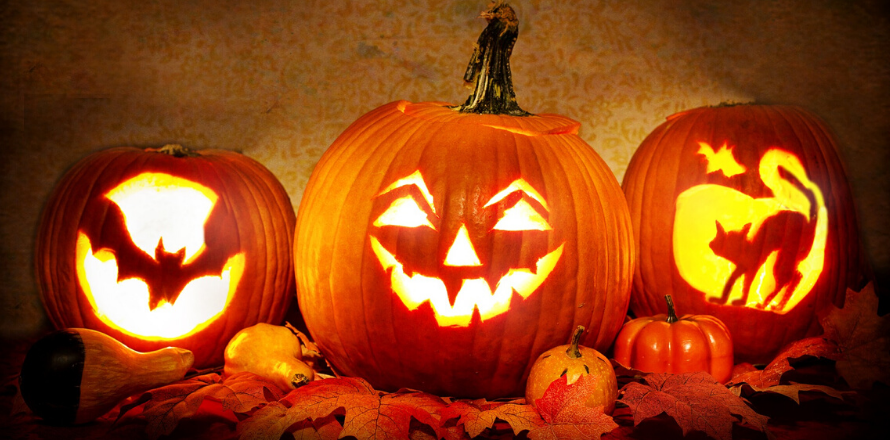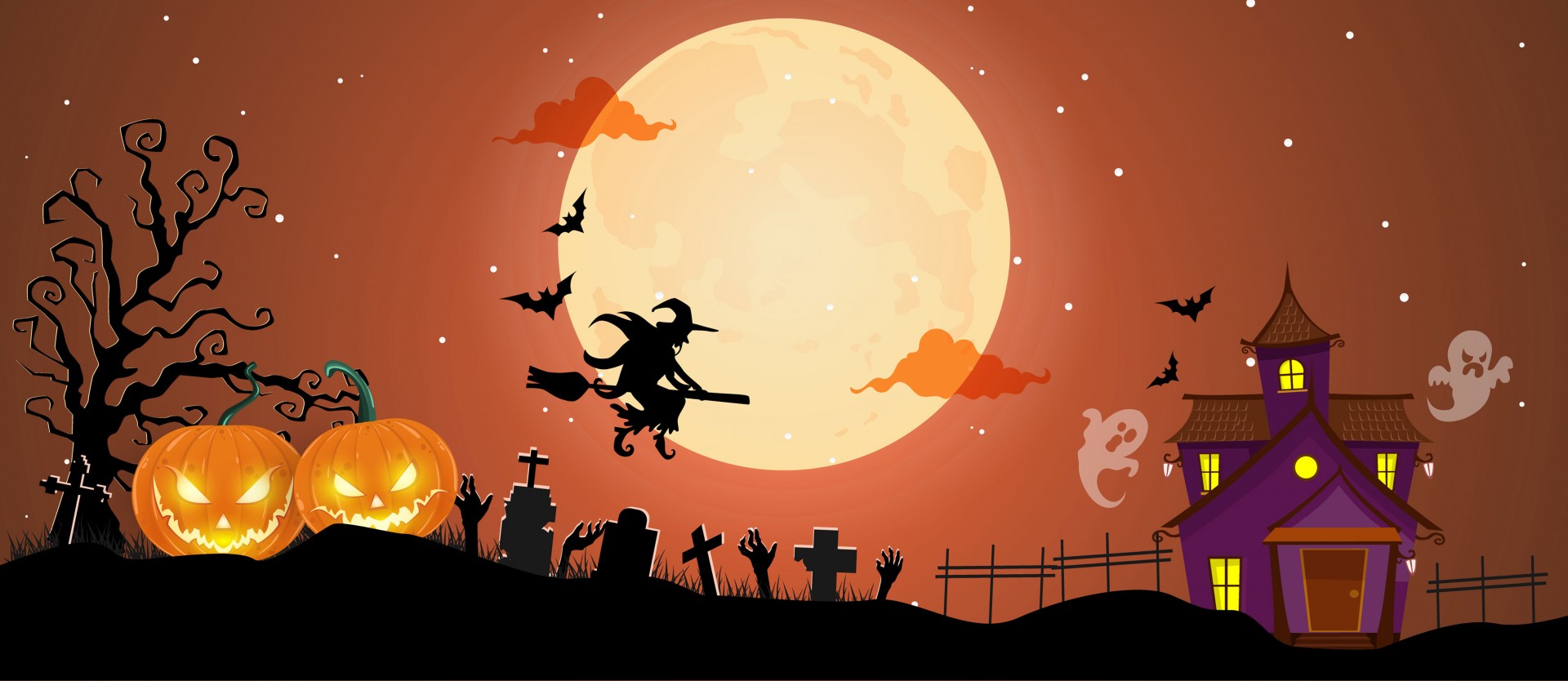
The origin of Halloween, Day of the Dead, Dia de Los Muertos in Mexican culture, is lost in the mists of time.
The cult of the dead and the ancestors was celebrated by the ancient civilizations, Celts, Romans, Orientals, Ancient peoples.
According to some studies, the date of the celebration occurred with that of the Universal Flood, recounted in the writings of many peoples; in the Book of Genesis it is said that Noah built the Ark during the second month (November), on the 17th day.
The "dead by divine will" were therefore celebrated in November with feasts, fires and rituals.
Pagan and religious rites, over the centuries, have multiplied and merged.
The rite that has survived to this day is that linked to the Celtic pagan tradition: the feast of Samhain.
According to modern calendars, during the feast of Samhain, the Celtic New Year was celebrated on the night between October 31 and November 1.
The name indicates "end of summer", coincides with the end of the harvest and the beginning of the winter period, traditionally dark, during the festival of Samhain was celebrated in this way even the dead and souls.
Today, Halloween celebrates, just like Samhain, death, souls (often malevolent), magic and the occult of which the famous carved pumpkin t's a symbol.
Decorated pumpkins, decorations, monstrous masks that go around the cities for the ritual of Trick or Treat, much loved in the USA, are now celebrated in the Italian tradition.
The first Christians to oppose pagan traditions and strengthen religious ones,
instituted the feast of All Saints' Day on November 1st, adding only later to the Christian calendar,
on November 2nd as a commemoration of the dead.
The ancient rites of bonfires, masks, angels and demons remain today in the tradition of the Day of the Dead in many countries.
The most famous festivities are certainly the Mexican ones: the Dìa de los Muertos is declared a Cultural Heritage of Humanity.
The Mexicans exorcise the fear of death to the sound of music, special dishes, flowers and candles that are placed on the altars.
with photos of the dead to remember and in graveyards.
In Italy traditions vary from region to region: lighted lights, carved pumpkins, set tables, typical artisan sweets called favae of the dead, "sweet favae" or bones of the dead; in Sicily the sugar puppets are left to the children during the night from the dead.
